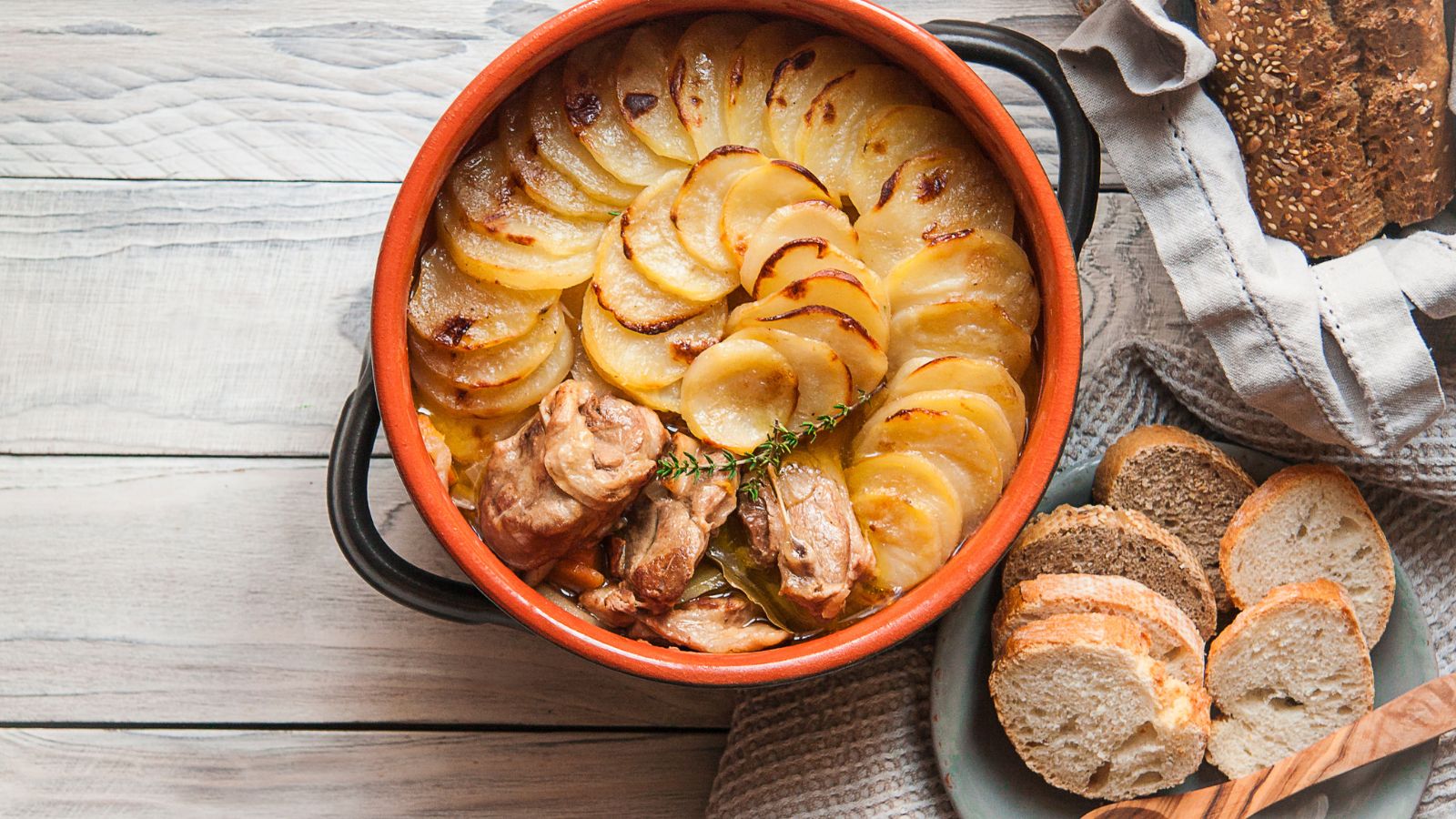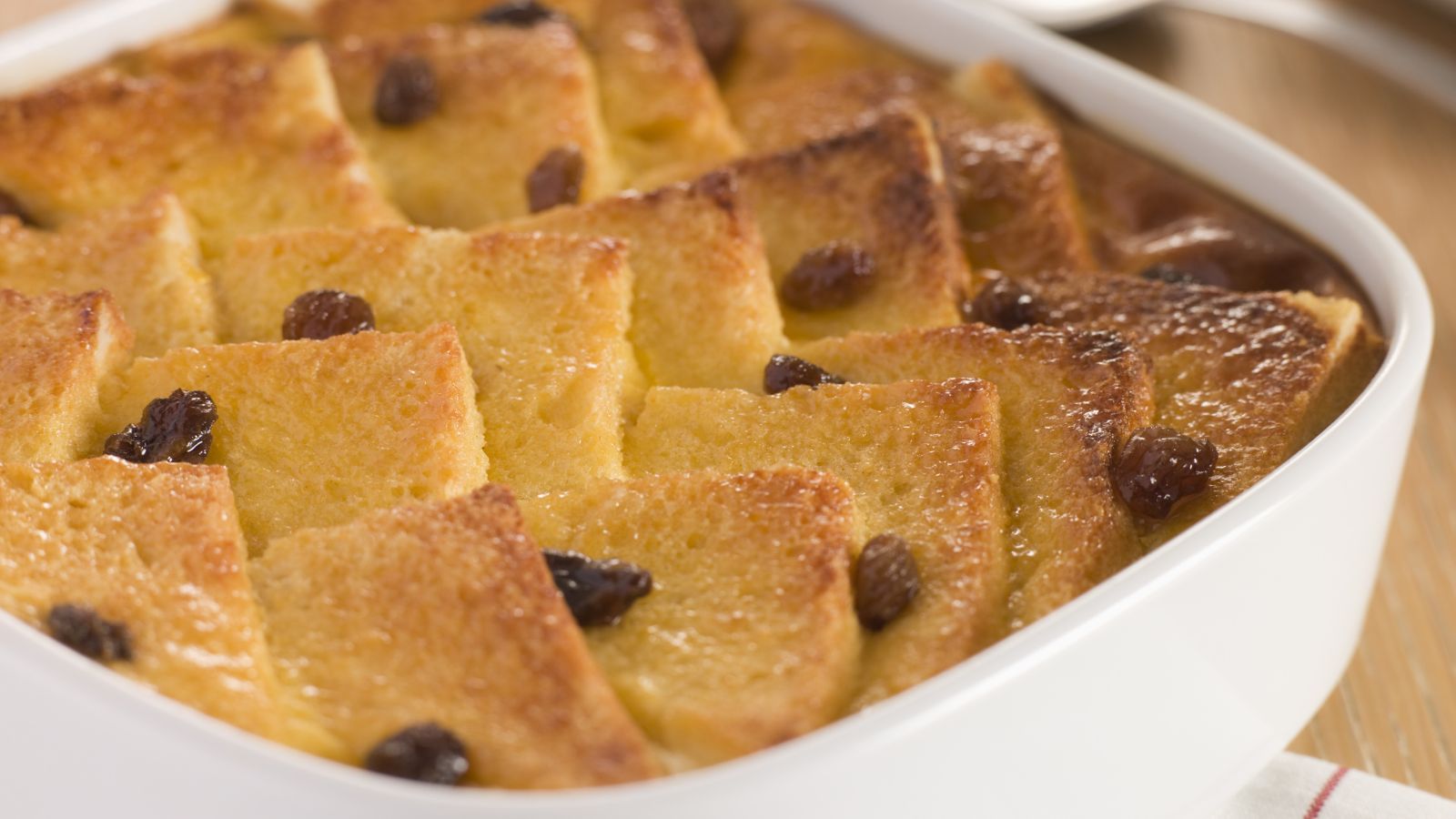Britain’s culinary heritage is as rich as its history, and it’s the number one place to go if you’re looking for comforting and hearty dishes, But as we know, foods evolve, and many time-honoured classics might not be seen that often on our plates. If you’re feeling peckish, let’s take a look at the top traditional British dishes fading away.
Stargazy Pie

Originating from the Cornish village of Mousehole, stargazy pie is a true symbol of seafaring life, where, traditionally, pilchards poke their heads through the pastry as if they’re gazing at the stars. While it might seem quirky or even intimidating to modern eyes, the dish was once a proud celebration of the resilience of fishermen.
Lancashire Hotpot

This slow-cooked, no-fuss classic is a dish of pure comfort, made with layers of lamb or mutton, onions, and thinly sliced potatoes. Lancashire hotpot was the ultimate crowd-pleaser in northern households for generations, and its beauty lay in its simplicity—you could leave it to cook all day and come home to a meal that warmed you through.
Spotted Dick

With fewer people steaming puddings at home, spotted dick is now more of a memory than a menu item, and sure, spotted dick might sound funny, but it was once no laughing matter in British kitchens. This suet-based steamed pudding, packed with raisins or currants, was a staple dessert, often served with lashings of custard.
Pease Pudding

A cornerstone of the North East’s culinary identity, and made from yellow split peas boiled until smooth and creamy, pease pudding was a cheap, filling way to stretch meals, often served alongside ham or spread on bread. Despite its nutritional value and satisfying texture, it’s not flashy enough for the modern food scene.
Cullen Skink

The labour-intensive process of smoking fish and preparing the dish has also made it less common in home kitchens, which is a shame because it truly showcases Scottish culinary traditions.This smoky, creamy soup is the pride of Scotland and a hug in a bowl for anyone who’s ever tasted it.
Game Pie

Packed with a medley of meats like venison, pheasant, and rabbit, encased in a buttery crust, game pie was once the star of festive tables and country feasts; however, with a decline in game hunting, game pie has become a rare sight. Its robust flavours and time-consuming preparation make it an indulgence few attempt nowadays.
Bread and Butter Pudding

What could be more British than transforming leftover bread into a decadent dessert? Bread and butter pudding is made by layering slices of buttered bread, sprinkling them with dried fruits, and soaking the whole thing in a creamy egg custard before baking, once a clever way to reduce waste but now being replaced by factory-made desserts.
Tripe

The shift away from using offal in everyday cooking, coupled with modern squeamishness about its origins, has made tripe a rare dish. For those who can get past the idea, it’s a uniquely textured food with a surprisingly delicate taste and was once popular and affordable.
Laverbread

Laverbread is a Welsh delicacy and a nutritional powerhouse, but you wouldn’t know it from how rare it’s become, thanks to globalised health foods like kale and quinoa taking over. Boiled seaweed in a paste is how this dish is made, and laverbread is traditionally served with oats, bacon, or cockles.
Bubble and Squeak

A fried mix of leftover vegetables, typically from a Sunday roast, combined with potatoes to create a crispy, golden patty is what is also known as bubble and squeak. It was originally prepared as a way to avoid wasting food, yet it’s now a dish people rarely think to make, despite its easy preparation.
Bath Chaps

Younger generations, in particular, may never have heard of bath chaps, let alone tasted it, and despite that, it remains a culinary gem for those who appreciate Britain’s nose-to-tail eating heritage. A true West Country speciality, Bath chaps are made from the lower cheek of a pig, cured and often smoked.
Kedgeree

Over time, kedgeree has been pushed aside for simpler, quicker breakfast options like cereal or toast, even though it used to be a staple of Victorian breakfasts. This Anglo-Indian dish has a fascinating history, blending smoked fish, rice, boiled eggs, and mild spices into a comforting meal.
Soused Herring

What started as a way to preserve fish using a vinegar-based brine with onions and spices became soused herring, a tangy, flavourful dish that could last for weeks. However, declining herring stocks and the waning popularity of pickled foods have made soused herring increasingly rare.
Corned Beef Hash

There’s nothing fancy about corned beef hash, but that’s what made it so loved, with its corned beef, potatoes, and onion combination in a simple one-pan dish. Even though it’s quick and easy to prepare, many people opt for ready meals instead, leaving corned beef hash as a nostalgic memory for older generations.
Roly-Poly

Last but not least, the roly-poly pudding, with its suet dough and jam or treacle filling, is a dessert that speaks of simpler times. Once a highlight of school dinners and family meals, it’s now considered too heavy and old-fashioned for modern tastes, and not least because baking trends have shifted.

